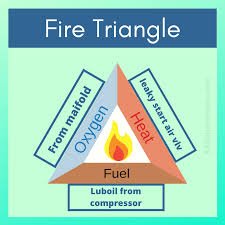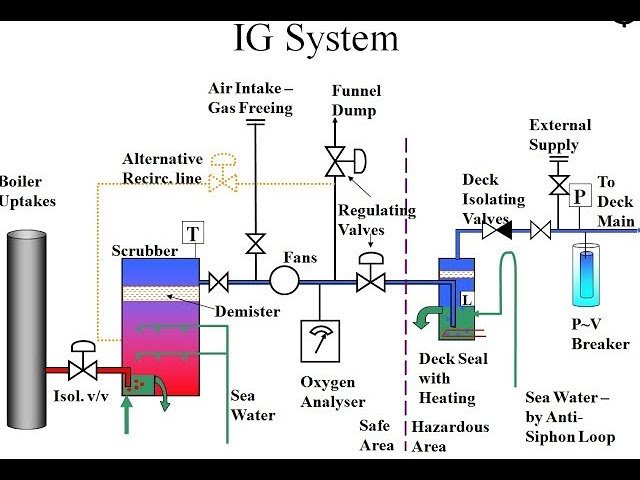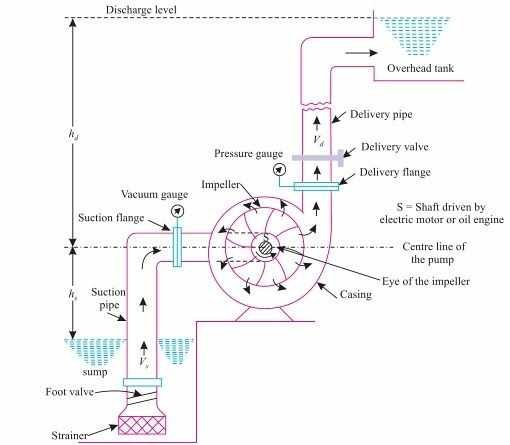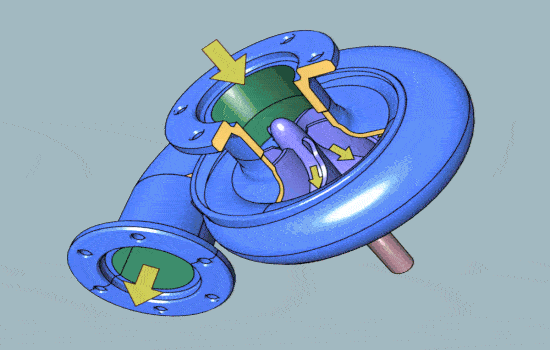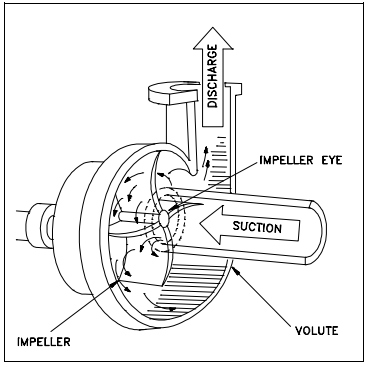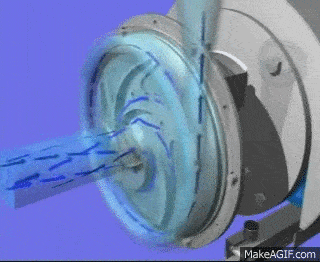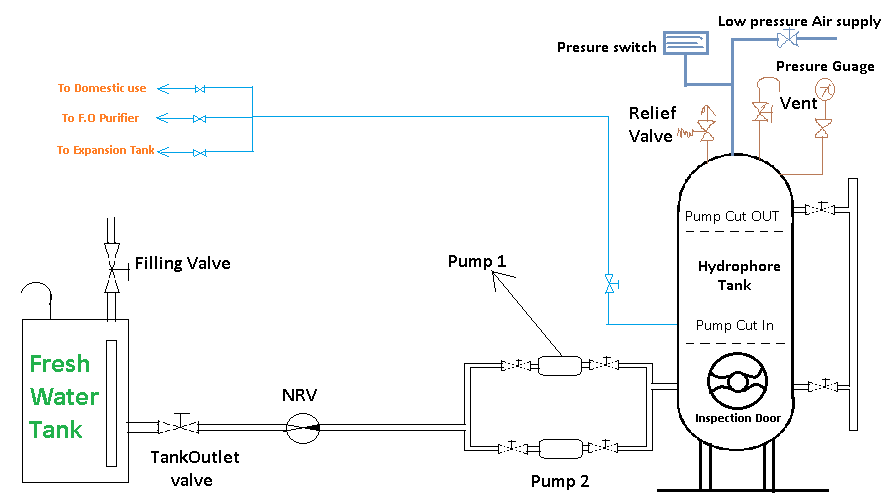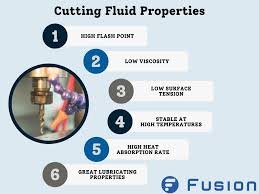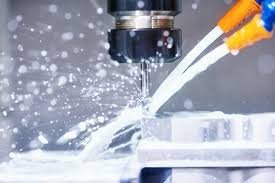What is Ignition Coil
An ignition coil is a crucial component in the ignition system of a gasoline-powered internal combustion engine, such as those found in cars and motorcycles. Its primary function is to transform the low-voltage electrical power from the vehicle’s battery into a high-voltage electrical pulse that is necessary to create a spark at the spark plugs. This spark is essential for igniting the air-fuel mixture in the engine’s cylinders, which, in turn, powers the engine.
Construction of an Ignition Coil
The construction of an ignition coil involves several key components and a specific design to efficiently transform low-voltage electrical power into high-voltage sparks required for ignition. Here’s a description of the typical construction of an ignition coil:
- Metal Core: At the core of an ignition coil, there is a soft iron or magnetic metal core. This core is usually cylindrical or shaped like a U. It serves as the foundation for the coil’s electromagnetic operation by concentrating and directing the magnetic field.
- Primary Coil: Surrounding the iron core, there is a primary coil of wire made of a few hundred turns of relatively thick wire. This coil is connected to the low-voltage electrical source, typically 12 volts from the vehicle’s battery. When an electrical current flows through this primary coil, it creates a magnetic field around the iron core.
- Secondary Coil: Wrapped around the primary coil is the secondary coil, which consists of thousands of turns of much finer wire. This coil is responsible for generating the high-voltage output. The secondary coil is wound on top of the primary coil, and both are insulated from each other.
- Insulation: To prevent electrical interference and short circuits, the primary and secondary coils are separated and insulated from each other. Layers of insulating materials, such as paper, plastic, or epoxy resin, are used to ensure that the coils do not come into direct contact.
- Outer Casing: The entire assembly of the core and coils is enclosed within an outer casing or housing, often made of plastic or other insulating materials. This casing protects the coil from environmental factors like moisture, dirt, and mechanical damage.
- High-Voltage Output Terminal: One end of the secondary coil is connected to a high-voltage output terminal, typically a high-tension (HT) terminal. This terminal is where the high-voltage output is delivered to the spark plugs or the ignition system.
- Low-Voltage Input Terminal: The other end of the primary coil is connected to a low-voltage input terminal. This terminal is typically connected to the vehicle’s ignition switch and receives the 12-volt electrical supply.
- Mounting Bracket or Structure: Ignition coils are designed to be securely mounted to the vehicle’s engine or chassis. They may have brackets, bolts, or other mounting hardware to ensure stability and proper positioning.
- Connector: In many cases, ignition coils feature a connector that allows for easy electrical connection to the vehicle’s wiring harness. This connector simplifies installation and replacement.
When the ignition switch is turned on, the low-voltage electrical current flows through the primary coil, creating a magnetic field around the iron core. The interruption of this current generates a high-voltage surge in the secondary coil due to electromagnetic induction. This high-voltage output is then sent to the spark plugs, where it creates the spark needed for combustion in the engine’s cylinders.
The construction of an ignition coil is critical to its performance, durability, and efficiency in generating the high-voltage sparks that play a vital role in the ignition of an internal combustion engine.
ignition coil working
The working principle of an ignition coil involves the transformation of low-voltage electrical power into high-voltage electricity, which is essential for creating sparks in the engine’s spark plugs. These sparks ignite the air-fuel mixture in the engine’s cylinders, initiating the combustion process that powers the vehicle. Here’s a step-by-step explanation of how an ignition coil works:
- Low-Voltage Input: The ignition coil is connected to the vehicle’s electrical system through a low-voltage input terminal. Typically, this terminal receives a 12-volt electrical supply from the vehicle’s battery when the ignition switch is turned on.
- Primary Coil: Inside the ignition coil, there are two sets of wire windings—an outer primary coil and an inner secondary coil. The primary coil consists of relatively few turns of thick wire. When the 12-volt current flows through the primary coil, it creates a magnetic field around the iron core at the center of the coil.
- Magnetic Field Creation: As the electrical current flows through the primary coil, it rapidly builds up a magnetic field around the iron core. This magnetic field intensifies until the current is interrupted.
- Magnetic Field Collapse: When the electrical current is abruptly cut off, such as by opening the ignition points (in older ignition systems) or the electronic control unit (ECU) triggering the coil (in modern systems), the magnetic field around the iron core collapses.
- Voltage Induction: The sudden collapse of the magnetic field in the primary coil induces a much higher voltage in the secondary coil through electromagnetic induction. The secondary coil typically consists of thousands of turns of much finer wire. This induced voltage can reach tens of thousands of volts, depending on the design of the coil.
- High-Voltage Output: The high-voltage output from the secondary coil is directed to the spark plugs through the ignition system. Each spark plug receives a high-voltage surge that is sufficient to create a spark across the spark plug gap.
- Spark Generation: When the high-voltage electricity reaches the spark plugs, it jumps the gap between the spark plug’s electrodes. This electric discharge creates a spark, which ignites the air-fuel mixture in the engine’s cylinder.
- Combustion: The ignited air-fuel mixture undergoes combustion, generating the force that powers the engine and drives the vehicle.
This ignition process repeats continuously in each of the engine’s cylinders as it cycles through its operations. The precise timing of the sparks is crucial, and modern ignition systems use sensors and electronic control units (ECUs) to determine the correct timing for each cylinder, optimizing engine performance, fuel efficiency, and emissions control.
In summary, an ignition coil works by using electromagnetic induction to transform low-voltage electrical input into high-voltage sparks, which, when directed to the spark plugs, initiate combustion in the engine’s cylinders, allowing the vehicle to run.
Types of Ignition Coils
Certainly, let’s expand on the information about these types of ignition coils:
- Conventional Ignition Coils: Conventional ignition coils, also referred to as canister-style coils, have a long history of use in older vehicles. These coils are typically situated externally to the engine and are linked to the distributor, a component responsible for distributing the high-voltage electrical charge to the individual spark plugs in the engine’s cylinders. The design of conventional ignition coils is straightforward and reliable, consisting of a metal canister that houses both primary and secondary windings. One of their notable characteristics is their robustness and ability to withstand challenging operating conditions, including heat and vibration, which makes them well-suited for vintage vehicles and applications where simplicity and durability are valued.
- Distributorless Ignition System (DIS) Coils: The evolution of ignition technology has led to the widespread adoption of distributorless ignition systems (DIS). DIS coils represent a significant departure from conventional designs as they eliminate the need for a distributor entirely. Instead, they are typically mounted either directly on the spark plugs or in close proximity to them. In a DIS system, each individual coil is responsible for supplying high-voltage electrical charges to a specific spark plug. Precision is key in DIS systems, and they rely on sensors to determine the precise timing for spark production for each cylinder. This level of precision not only enhances ignition performance but also contributes to improved overall engine efficiency. As a result, DIS coils have become a common feature in modern vehicles.
- Coil-on-Plug (COP) Ignition Coils: Taking the concept of DIS coils even further, Coil-on-Plug (COP) ignition coils represent the pinnacle of ignition system design. In a COP setup, each cylinder boasts its dedicated ignition coil, which is mounted directly on top of the corresponding spark plug. This arrangement eliminates the need for spark plug wires entirely, further simplifying the ignition system. COP ignition coils offer several significant advantages, including increased spark energy, precise control over combustion, and enhanced engine performance. They are known for delivering powerful and consistent sparks, resulting in efficient fuel combustion and reduced emissions. Consequently, COP ignition coils have become a hallmark of modern engines, contributing to their reliability and performance.
In summary, while conventional ignition coils have a history of reliability and durability, distributorless ignition systems (DIS) and Coil-on-Plug (COP) ignition coils represent advancements in ignition technology, offering superior precision, efficiency, and performance in modern vehicles. These developments have played a crucial role in enhancing engine efficiency and reducing emissions, ultimately benefiting both vehicle performance and the environment.
Application of Ignition Coil
Ignition coils are primarily used in internal combustion engines, particularly in vehicles, to generate the high-voltage sparks needed to ignite the air-fuel mixture in the engine’s cylinders. However, ignition coils have other applications beyond just automotive use. Here are some common applications of ignition coils:
- Automotive Engines: In cars, trucks, motorcycles, and other vehicles with internal combustion engines, ignition coils are essential for the ignition system. They ensure that the spark plugs create sparks at the right time to initiate combustion and power the vehicle.
- Small Engines: Ignition coils are also used in small engines, such as those found in lawnmowers, chainsaws, and outboard boat motors, to provide the necessary spark for combustion.
- Generator Sets: Many generator sets, whether portable or standby, use internal combustion engines to generate electricity. Ignition coils are crucial components in these engines to ensure reliable starting and operation.
- Gasoline-Powered Tools: Certain gasoline-powered tools like leaf blowers, pressure washers, and portable generators rely on ignition coils to start and run their engines.
- Industrial Equipment: Some industrial equipment, such as forklifts and industrial pumps, use internal combustion engines and ignition coils for ignition and operation.
- Recreational Vehicles: Ignition coils can be found in recreational vehicles (RVs), such as motorhomes and campers, where they are used in the engines that power these vehicles.
- Boats: Inboard and outboard boat engines often use ignition coils to ensure reliable ignition and performance on the water.
- Aircraft Engines: Certain aircraft engines use ignition coils as part of their ignition systems to ensure safe and reliable operation.
- Gasoline-Powered Appliances: Some household appliances, like gas stoves and ovens, may use ignition coils to create sparks for lighting the gas burners.
- Industrial Furnaces: In industrial settings, ignition coils are used in some types of furnaces and heating systems to ignite fuel and achieve controlled combustion.
- Experimental and Research Equipment: Ignition coils can be utilized in various experimental and research setups where high-voltage sparks or electrical discharges are required.
It’s important to note that while ignition coils serve similar functions in these various applications, they may have specific designs and voltage requirements tailored to the specific needs of the system they are used in. The primary goal in each case is to create a reliable spark to initiate combustion or other processes requiring high-voltage discharges.
Advantages of Ignition Coil
Ignition coils offer several advantages in internal combustion engines and other applications where high-voltage sparks are required for ignition or other processes. Here are some of the key advantages of ignition coils:
- Efficient Ignition: Ignition coils are designed to produce high-voltage sparks, ensuring efficient ignition of the air-fuel mixture in internal combustion engines. This leads to improved engine performance and fuel efficiency.
- Reliability: Ignition coils are built to be reliable and durable, with the ability to withstand the harsh operating conditions inside engines, such as heat and vibration. This reliability contributes to the overall dependability of the vehicle or equipment.
- Fast Response: Ignition coils can generate sparks quickly, which is essential for precise timing and control of ignition events in the engine. This rapid response helps optimize engine performance and reduce emissions.
- Compact Size: Ignition coils are typically compact and can be easily integrated into the ignition system of vehicles and other machinery without taking up excessive space.
- High Voltage Output: Ignition coils can produce very high voltage outputs, often in the range of tens of thousands of volts. This high voltage is necessary to create a strong spark that can bridge the gap in spark plugs, ensuring reliable ignition.
- Adaptability: Modern ignition systems often include electronic control units (ECUs) that can adjust the timing and duration of spark events based on engine conditions. Ignition coils can work in conjunction with these systems, allowing for dynamic adjustments to optimize engine performance and reduce emissions.
- Low Maintenance: Ignition coils are generally low-maintenance components. They don’t typically require frequent replacement or servicing unless they fail, which is relatively rare.
- Versatility: While ignition coils are commonly associated with automotive engines, they have a wide range of applications beyond vehicles, as mentioned earlier. This versatility makes them valuable in various industries and equipment.
- Improved Fuel Economy: Efficient ignition provided by ignition coils can contribute to better fuel economy, as it ensures that fuel is burned more completely and effectively in the engine cylinders.
- Reduced Emissions: By enabling precise control over the ignition process, ignition coils can help reduce harmful emissions from internal combustion engines, contributing to cleaner air and compliance with emissions regulations.
- Consistency: Ignition coils can deliver consistent spark performance over time, helping to maintain engine efficiency and performance throughout the life of the vehicle or equipment.
In summary, ignition coils play a critical role in ensuring efficient and reliable ignition in internal combustion engines and other applications requiring high-voltage sparks. Their advantages include efficiency, reliability, fast response, adaptability, and versatility, making them essential components in a wide range of industries and machinery.
Disadvantages of Ignition Coil
While ignition coils offer several advantages in their role within internal combustion engines and various applications, they also have some potential disadvantages or limitations:
- Failure Potential: Ignition coils can fail over time due to factors like heat, vibration, and wear and tear. A failed ignition coil can result in engine misfires, reduced performance, and poor fuel efficiency. Replacement can be necessary, which adds to maintenance costs.
- Cost: High-quality ignition coils can be relatively expensive, especially for certain vehicle makes and models. Replacing multiple ignition coils in a multi-cylinder engine can become a significant expense.
- Compatibility: Not all ignition coils are universal, and there can be variations in design, voltage requirements, and compatibility among different vehicles and equipment. Finding the right replacement coil can be a challenge, and incorrect choices can lead to performance issues.
- Heat Management: Ignition coils generate heat during operation, which can affect their lifespan and performance. In some cases, additional cooling measures or heat shielding may be required to prevent overheating.
- Limited Performance Gain: While efficient ignition is crucial for engine performance, upgrading ignition coils may not provide significant performance gains in modern vehicles with advanced engine management systems. Other factors, such as fuel delivery and exhaust systems, also play a role.
- Complexity: Modern ignition systems with multiple coils and electronic control can be complex to diagnose and repair. This complexity can lead to higher repair costs and may require specialized diagnostic equipment.
- Electromagnetic Interference (EMI): High-voltage ignition coils can produce electromagnetic interference, which may affect nearby electronic components and systems. Shielding and proper grounding are necessary to mitigate EMI issues.
- Limited Application: Ignition coils are primarily designed for internal combustion engines and applications that require high-voltage sparks. They may not be suitable for all electrical or ignition needs.
- Maintenance Timing: Ignition coils may not have a predictable lifespan, and failures can occur unexpectedly. This can lead to inconvenient breakdowns if a coil fails while driving.
- Environmental Impact: Ignition coils, like many automotive components, can contribute to environmental issues when disposed of improperly. Recycling and disposal of ignition coils should be done in an environmentally responsible manner.
It’s important to note that while ignition coils have these potential disadvantages, they are essential components for internal combustion engines and many other applications requiring reliable ignition. Proper maintenance and care can help mitigate some of these issues, and advancements in technology continue to improve their overall performance and durability.

